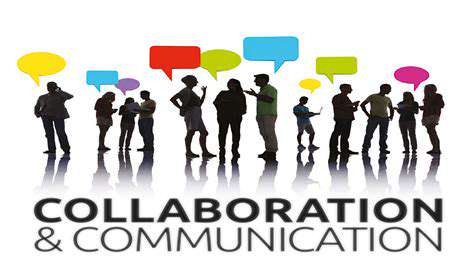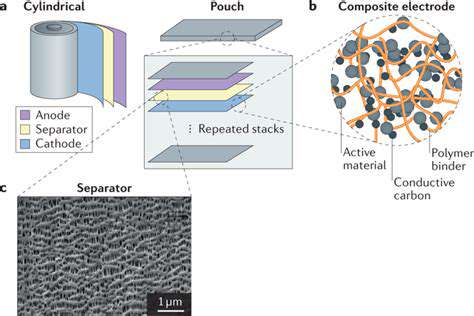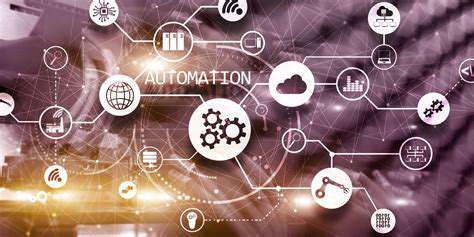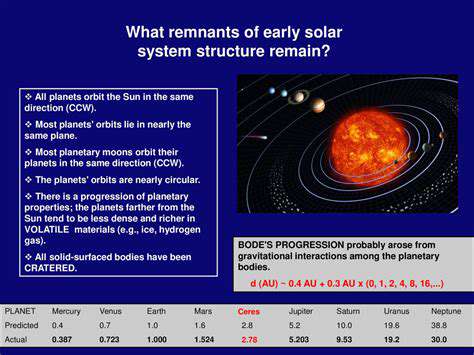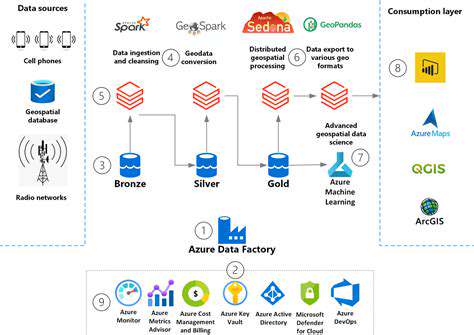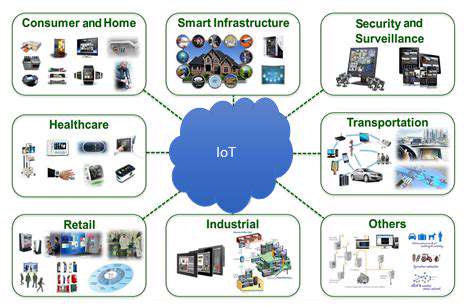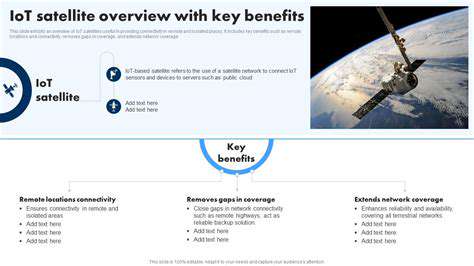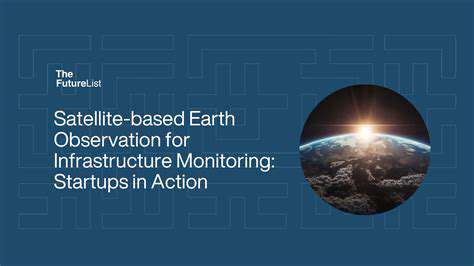Beyond the Hype: Practical Applications
While the allure of personal air taxis is undeniable, the true potential of Advanced Air Mobility (AAM) lies in its broader applications. This technology isn't just about zipping from rooftop to rooftop; it's about revolutionizing logistics, urban mobility, and even disaster relief. Imagine a world where emergency medical services can reach remote areas in minutes, or where crucial supplies can be rapidly transported to disaster zones, bypassing congested roads and treacherous terrain. The possibilities are truly transformative, moving beyond the initial fascination with personal use.
The practical applications of AAM extend far beyond the realm of personal transportation. We can see significant improvements in agricultural monitoring, where drones equipped with advanced sensors can provide real-time data on crop health and yield. This granular information can be used for optimizing irrigation, pesticide application, and overall farm management, leading to more sustainable and efficient agricultural practices. This is just a glimpse of the broad spectrum of practical use cases that are emerging.
Urban Air Mobility: Reimagining Cityscapes
Urban areas are often plagued by traffic congestion, limited space, and inefficient transportation systems. AAM has the potential to dramatically reshape cityscapes by providing a new layer of air mobility. Imagine vertical take-off and landing (VTOL) platforms integrated into urban planning, connecting residential areas, business districts, and public spaces. This not only improves accessibility but also opens up opportunities for new types of urban development, potentially reducing the need for extensive ground infrastructure and creating more livable and sustainable cities.
The introduction of AAM into urban environments presents a unique opportunity for innovative urban planning. We can envision dedicated air corridors, optimized flight paths, and even integrated air-traffic management systems to ensure smooth and safe operation. Careful consideration of airspace regulations, noise pollution, and the potential impact on existing infrastructure is essential for successful implementation. It's a complex challenge, but one with enormous potential for improving quality of life.
Logistics and Delivery: A New Era for Supply Chains
The impact of AAM on logistics and delivery systems is likely to be profound. Imagine packages, medical supplies, and even perishable goods transported quickly and efficiently across vast distances. This can revolutionize supply chain management, reducing delivery times, lowering costs, and increasing the reliability of crucial shipments. AAM could also open up new markets and opportunities for businesses, especially those operating in remote or underserved areas.
Beyond the Horizon: AAM's Role in Disaster Relief
In times of crisis, the ability to rapidly transport essential supplies and personnel is critical. AAM has the potential to play a vital role in disaster relief efforts, enabling rapid deployment of medical teams, emergency supplies, and aid workers to remote or hard-to-reach areas. This can be especially crucial in situations like earthquakes, floods, or other natural disasters, significantly improving response times and potentially saving lives. The speed and efficiency of AAM would be a game-changer in humanitarian aid.
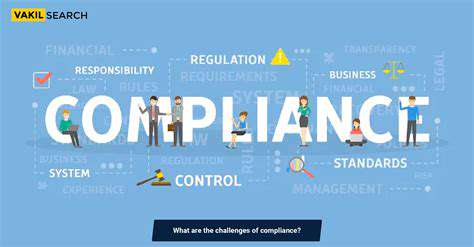
Automated irrigation systems are revolutionizing agriculture by providing precise and efficient water delivery to crops. These systems utilize sensors and software to monitor soil moisture levels, weather conditions, and plant needs, ensuring that plants receive the optimal amount of water at the right time. This precise control minimizes water waste and promotes healthy plant growth, contributing to increased yields and reduced environmental impact. Automated irrigation systems are crucial for sustainable agriculture in arid and semi-arid regions.
The Future of Urban Mobility: A Seamless Integration

The Rise of Autonomous Vehicles
Autonomous vehicles are poised to revolutionize urban mobility, promising increased efficiency, safety, and accessibility. These vehicles, equipped with advanced sensor technology and sophisticated algorithms, can navigate complex urban environments with remarkable precision and potentially drastically reduce traffic congestion and accidents. Their ability to operate 24/7, without the need for human drivers, opens up new possibilities for optimizing transportation networks and improving overall urban logistics.
However, significant challenges remain in terms of regulatory frameworks, public acceptance, and the development of robust safety protocols. Addressing these concerns is crucial for the successful integration of autonomous vehicles into urban landscapes.
Electric Vehicles and Sustainable Transportation
The increasing adoption of electric vehicles (EVs) is a critical component of the future of urban mobility, moving towards a more sustainable and environmentally friendly transportation system. Electric vehicles offer significant reductions in greenhouse gas emissions compared to traditional gasoline-powered vehicles, contributing to cleaner air and a healthier urban environment. This shift to EVs is further fueled by advancements in battery technology, which are leading to longer driving ranges and faster charging times.
Shared Mobility and Ride-Sharing Services
Shared mobility solutions, encompassing ride-sharing services and car-sharing programs, are transforming how people navigate urban areas. These platforms leverage technology to connect riders with available vehicles, optimizing resource utilization and reducing reliance on personal car ownership. Ride-sharing services, in particular, can significantly impact traffic congestion and parking issues within cities, leading to more efficient and sustainable urban mobility.
However, ensuring equitable access and addressing potential economic disparities among different user groups remains a key consideration for the future development of these services.
Smart Cities and Integrated Transportation Systems
The concept of smart cities is increasingly intertwined with the future of urban mobility. Smart city initiatives aim to integrate various transportation modes, including public transit, cycling infrastructure, and pedestrian walkways, into a cohesive and interconnected system. This integration is facilitated by data-driven insights that optimize traffic flow, predict potential congestion, and ultimately enhance the overall user experience for all modes of transport.
Public Transportation Infrastructure Improvements
Investing in and upgrading public transportation infrastructure is essential for fostering a robust and accessible urban mobility system. This includes expanding existing rail networks, improving bus routes, and enhancing connectivity between different transportation hubs. Modernizing and expanding public transit options allows for greater accessibility, reducing reliance on personal vehicles, and contributing to a more sustainable urban environment. Incorporating advanced technologies like real-time information displays and smart ticketing systems can further enhance the efficiency and user-friendliness of public transit.
The Role of Policy and Regulation
Effective policy and regulation play a crucial role in shaping the future of urban mobility. Governments must create supportive frameworks that encourage innovation, address potential challenges, and promote sustainable transport options. This includes implementing incentives for the adoption of electric vehicles, promoting the development of smart city infrastructure, and ensuring the safety and security of autonomous vehicles. Clear and forward-thinking policies can pave the way for a smoother and more efficient transition to the future of urban mobility.
Economic and Societal Impacts: A New Era of Mobility
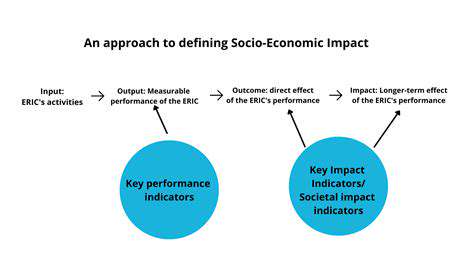
Economic Impacts of Globalization
Globalization, while often lauded for its potential to boost economic growth, presents complex and multifaceted impacts on various sectors. Increased competition from international markets can force domestic businesses to adapt and innovate, leading to greater efficiency and productivity gains. This heightened competition, however, can also result in job displacement in industries unable to compete effectively with cheaper foreign labor or production costs.
The rise of global supply chains has undeniably boosted economic output and reduced costs for consumers. However, this interconnectedness also introduces vulnerabilities. Disruptions in one region of the world, whether due to natural disasters or geopolitical tensions, can quickly ripple through global markets, impacting production and supply chains across the globe. This intricate web of interdependence necessitates careful consideration of potential risks and mitigation strategies.
Societal Impacts of Global Interconnectedness
The flow of people, ideas, and information across borders is a hallmark of globalization. This interconnectedness has led to the exchange of cultural norms and values, fostering a greater understanding and appreciation of diverse perspectives. However, this exchange can also lead to cultural clashes and tensions as societies grapple with adapting to new influences.
Globalization has undeniably shaped social structures and norms. Increased migration and urbanization have altered community dynamics, creating both opportunities and challenges for individuals and communities. The spread of global communication technologies has connected people across vast distances, fostering a sense of global citizenship and shared responsibility, yet also raising concerns about privacy and the potential for misinformation.
Cultural Exchange and its Challenges
Globalization has fostered an unprecedented level of cultural exchange, exposing people to diverse traditions, customs, and viewpoints. This exposure can broaden perspectives and promote tolerance, but it can also lead to the erosion of local traditions and the commodification of cultural artifacts.
The spread of global media and entertainment has undoubtedly played a significant role in shaping cultural tastes and preferences. However, this homogenization of culture can lead to a loss of unique cultural expressions and identities, potentially creating a sense of cultural displacement for communities that are not adequately represented.
Political Implications of a Globalized World
The increasing interconnectedness of the world has profound implications for international relations and political structures. The need for cooperation and collaboration on global issues, such as climate change, pandemics, and economic crises, has become increasingly evident. However, this global interdependence can also create tensions and conflicts as nations navigate competing interests and priorities.
Globalization has led to the emergence of new political actors and movements, including transnational corporations and non-governmental organizations. These actors often exert considerable influence on global affairs, challenging traditional power structures and raising questions about the role of states in the 21st century. International trade agreements and regulations play a crucial role in shaping the landscape of global interactions, impacting everything from environmental standards to labor practices.
